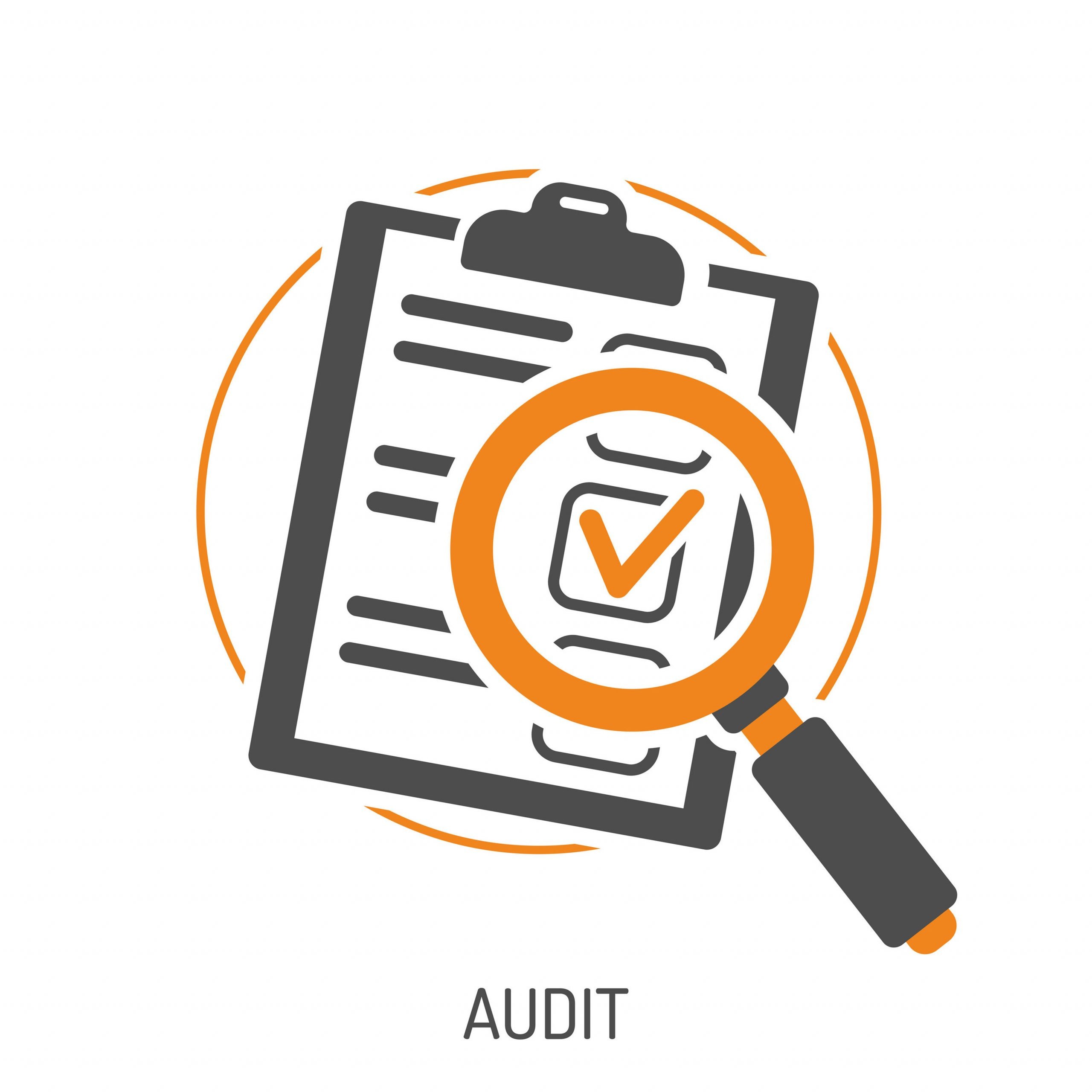An internal audit measures an organization’s compliance with internal and external standards. With an internal audit checklist, a small-business owner can regularly validate a firm’s compliance with its procedures and policies.
The results of an internal audit flag potential noncompliance problems so that a company takes corrective action without the involvement of regulators. Entrepreneurs must note that their company does not require an audit committee or department to conduct an internal audit.
Audit checklist for business owners
Listed below is an audit checklist for businesses:
Operations Audit
- Promotion and advertising
- Production
- Sales and marketing
Management Audit
- Personnel
- Basic planning
Financial Audit
- Loan proposals and financial planning
- Accounting practices and general bookkeeping
The first checklist that an organization requires is a list of the business functions that should be audited. Then, they must audit its management function. This is to make sure that the firm’s business plans are strategic and sound. Next, a firm must audit its operations to ensure that employees follow consistent processes to maximize performance. Finally, to guard against fraud, the organization audits the financial practices.
Management must repeat the audit process periodically to make sure that compliance continues.
A detailed insight into the audit checklist
Given below is a detailed insight into the audit checklist:
- Operations Audit: To measure performance
An operations audit measures the performance of a business’s core function. The items on an operations audit’s checklist cover an assessment of the firm’s on-time service and goods delivery.
To elaborate, it implies whether a firm features sufficient contracts with its vendors, how it trains new employees, how it validates the effectiveness of training and maintains customer relationships, and so forth.
Additionally, an auditor looks into the effectiveness of an organization’s sales staff. It also gauges that the staff periodically updates their knowledge about competitors, markets, and related technology.
- Management Audit: To validate an organization’s strategic plan
Management audit validates the strategic plan and structure of an organization. The auditor reviews the objectives and goals to ensure that the firm’s framework supports the goals. Similarly, the goals of every individual employee must be in line with the company’s overall goals. Additionally, the auditor analyses the company’s organizational charts and ensures that managers are accountable to the business owner and that employees are accountable for their performance.
- Financial and Regulatory Audit: To evaluate the organization’s financial performance
Financial audit emphasizes regulatory requirements like tax filings and corporate governance.
An auditor verifies that the organization has secured the necessary permits and licenses to conduct business. He/she inspects an organization’s accounts. This is to make sure that the personal accounts and records are not commingled with business accounts and records. Also, it ensures that the accounting system comprises accurate information which is backed by source documents.
This type of audit also verifies that an organization calculates the wages of every employee accurately. In addition, it confirms that a firm makes the statutorily necessary payments for insurance and taxes and offers assured fringe benefits.
An audit checklist is basically a document developed during the audit planning stage. Essentially it is a list of tasks that should be completed as part of the audit. A majority of auditing software programs feature several standard audit checklist templates that can be utilized for various audits.
Business owners must note that if their enterprise lacks proper risk management, payroll, or HR infrastructure, they can face problems developing a quarterly audit checklist. For that matter, individuals can opt for us to manage these important areas. Additionally, they can go through our blogs if they are willing to know more about what we are up to.
Reference Links:
https://www.smartcapitalmind.com/what-is-an-audit-checklist.htm
https://www.webharvest.gov/peth04/20041105092604/http:/sba.gov/library/pubs/eb-5.pdf
https://www.auditboard.com/blog/audit-checklist-how-to-conduct-an-audit-step-by-step/
https://smallbusiness.chron.com/checklist-internal-audit-company-16152.html
https://smallbusiness.chron.com/prepare-checklist-audit-13465.html
https://www.auditboard.com/blog/audit-checklist-how-to-conduct-an-audit-step-by-step/





